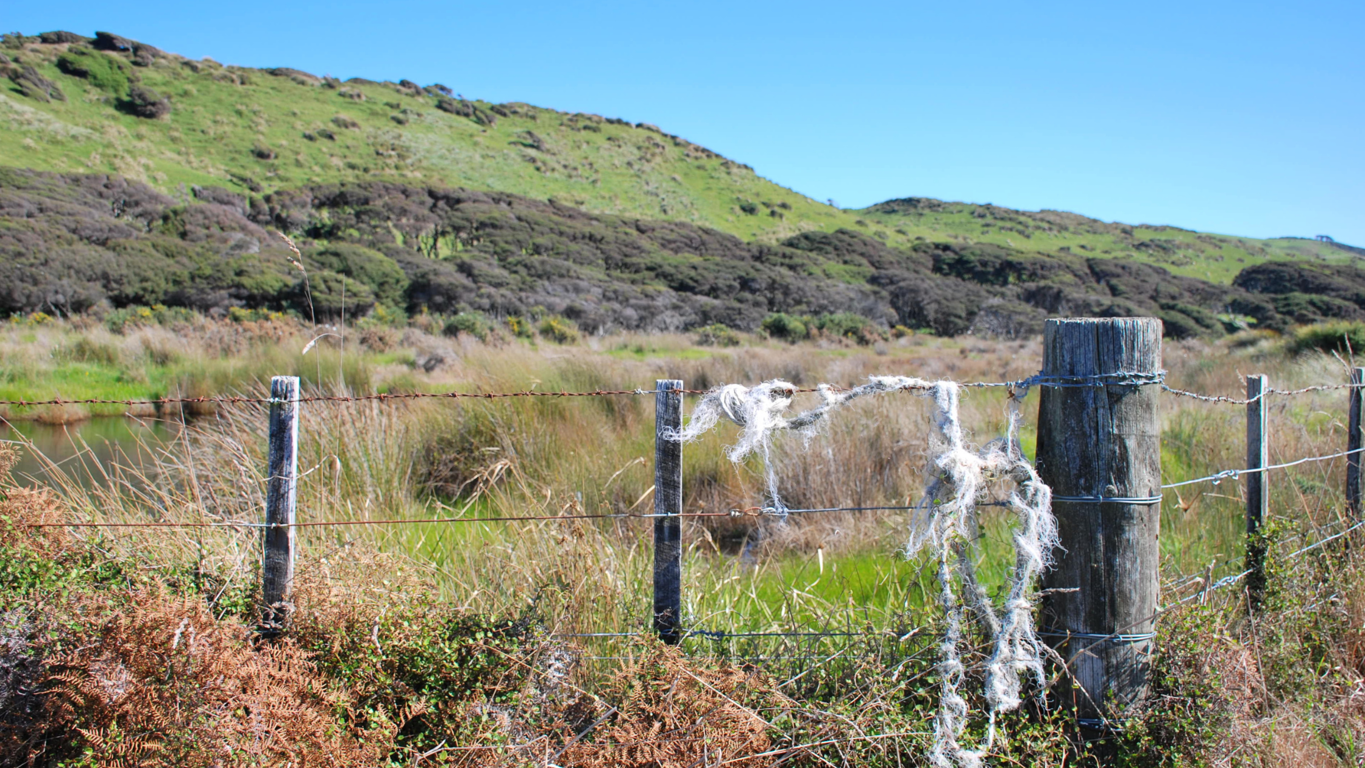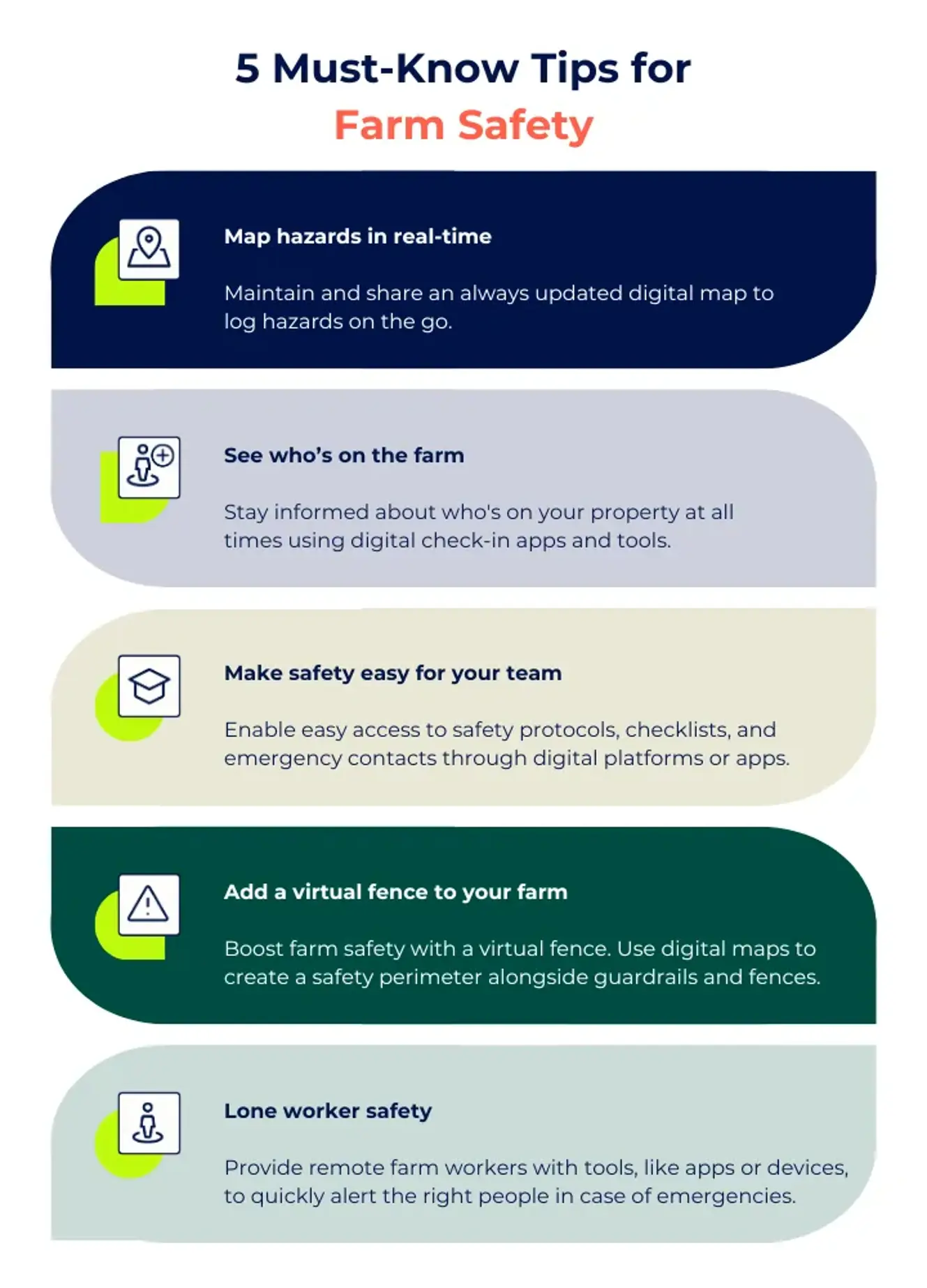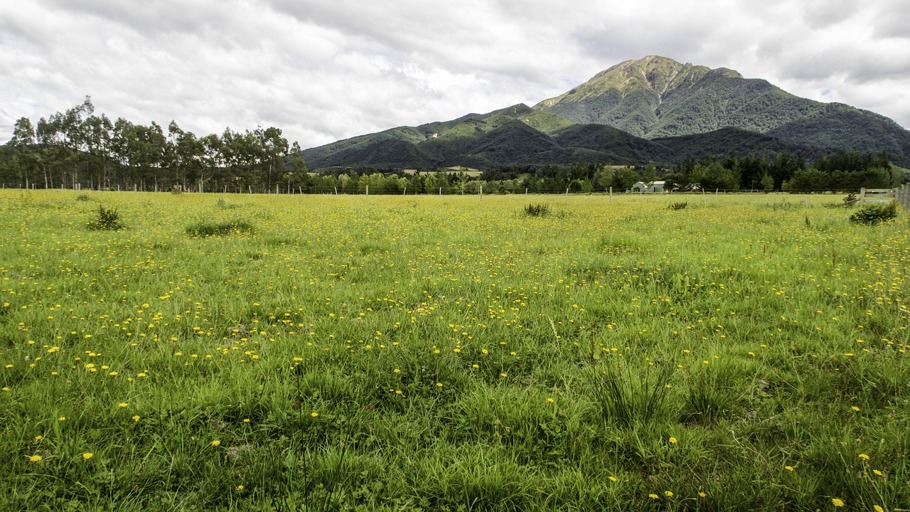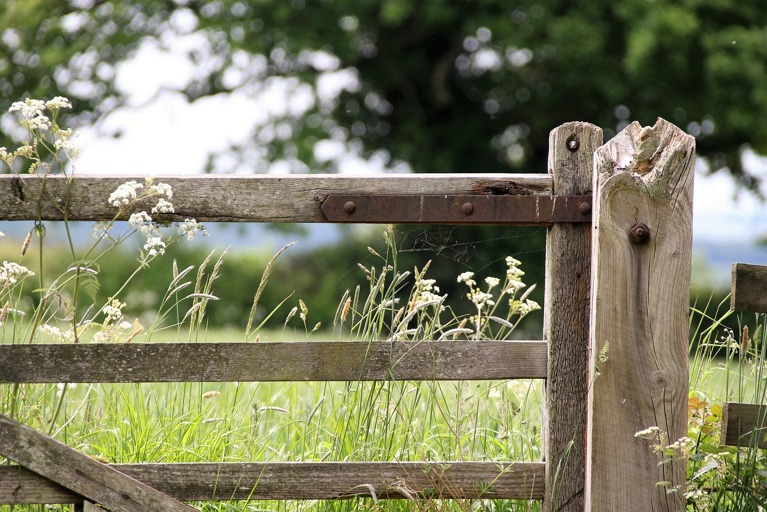5 common farm hazards and how to manage them
Practical safety tips and technology to manage hazards and risks on farms.
Farm Mapping
Visitor Management
Health & Safety

Farming is a rewarding profession that feeds our communities. However, it's no walk in the park. From growing crops to handling livestock, farming life involves tough jobs, heavy machines, and harsh conditions.
Each year, farm workers face hazards, and accidents can occur. In New Zealand, there were about 170 farm-related injuries every month in 2022, resulting in more than a week away from work.

Source: WorkSafe New Zealand
This safety concern is not unique to New Zealand; it's a global issue. In 2021, farming was the most dangerous job in Australia, with significantly more fatalities than other industries. In the US, there were around 23.4 deaths for every 100,000 farm workers in 2018.
Learn more about Onside’s health and safety features to improve farm safety.
What are farm hazards?
Farm hazards are factors that pose risks to the health and well-being of farm workers. These hazards are ongoing risks, and incidents occur as a result.
 Common farm hazards include manual handling (lifting heavy items), being struck by moving objects or livestock, and slipping, tripping, and falling. These incidents can lead to serious injuries such as joint and muscle problems, cuts, organ damage, broken bones, or fatalities.
Common farm hazards include manual handling (lifting heavy items), being struck by moving objects or livestock, and slipping, tripping, and falling. These incidents can lead to serious injuries such as joint and muscle problems, cuts, organ damage, broken bones, or fatalities.
Several factors contribute to these hazards:
- Working in remote areas
- Handling heavy items alone
- Limited opportunities for learning from others
- Lack of immediate assistance or first aid
- Poor mobile phone network coverage
It is the responsibility of all farm owners and rural property managers to prioritise the safety of everyone on the farm. The first step is understanding the hazards on your farm.
Let's explore the most common farm hazards and practical safety measures and technology to manage them.

#1. Electricity and power lines
Sometimes, farm equipment like harvesters, grain augers, and irrigation pipes can accidentally touch overhead power lines. Many farm workers have been seriously injured as a result of contacting power lines while moving or installing augers or irrigation pipes.
Bad wiring or broken equipment can also be trouble. It can lead to fires or damage things like the vehicle's frame, engine or tires.
Safety Tips
- Identify power lines on property maps as they can be difficult to see on rainy or cloudy days.
- Regularly inspect and test electrical assets, including safety switches.
- Tell your farm crew to always observe safe practices whenever they are near overhead and underground electrical asset
#2. Farm vehicles and harvesters
Farm vehicles, like quad bikes and tractors, cause more than 75% of injuries and deaths on Australian farms. In New Zealand, there were 11 deaths in farming accidents from November 2021 to October 2022, and six of these involved vehicles, according to WorkSafe NZ.
Tractors and heavy machinery are especially risky because they can tip over, roll, or have parts that can hurt people if not protected.
But there are ways to actively make farm vehicles safer and reduce the chances of accidents on the farm.
Safety Tips
- Use pre-start checklists and SOP templates to make sure everyone completes them
- Stay informed of who is operating farm vehicles and harvesters, including your workers and visitors.
- Maintain an updated farm map to help your team avoid risky areas and terrain.
- Fit rollover protection and access platforms for tractors and other farm equipment.
#3. Machinery and farm equipment
Farmers rely on a bunch of equipment and tools for jobs like planting, spraying, or harvesting. Some of the risky farm machines include chain and bench saws, harvesters, generators, augers, and big earth-moving stuff.
But here's the thing: if these machines are not operated correctly or if they're not working well, it can be dangerous and even fatal. Getting tangled up in heavy machinery can lead to serious injuries or worse. There is also a risk of fingers or limbs getting caught in the machine.
Safety Tips:
- Maintain machines in good condition. Keep up-to-date equipment maintenance records in one place, using digital tools.
- Make it easy for workers to complete pre-start checklists and safety inductions on their devices.
- Keep a record of toolbox meetings, and assign maintenance tasks for your team to keep machines in good working condition.
- Ensure proper training for all workers and make sure your workers and visitors are aware of risks.
#4. Handling large animals
Working with large animals, such as cattle and horses, carries risks of injuries from kicks, bites, or crushing. Proper animal handling methods, training, and maintaining pens, gates, and fences are essential.
Safety Tips:
- Regularly inspect and maintain animal enclosures and keep a digital record of safety practices
- Use safe handling methods and tools
- Ensure proper training for all workers
- Recognise and separate aggressive or difficult animals
#5. Pesticides and agricultural chemicals
Chemicals play an important role in modern agriculture, helping us manage pests, fertilise crops, and get higher yields. But some of these chemicals can be hazardous if not handled properly.
Old, broken, or leaking chemical containers are not good news. They can lead to chemical burns, make it hard to breathe or even poison workers. SafeWork Australia suggests a few things when it comes to farm chemicals:
- First, always read the label.
- Second, understand the SDS
- Third, consider taking a chemical user course, like ChemCert.
Safety Tips:
- Keep your workers informed about who is using hazardous chemicals.
- Check the label on the chemical container to know how to use the chemical.
- When handling these chemicals, wear overalls, special gloves, a face shield, and a mask.
- Keep an eye on your chemical containers, and look for any signs of leaks, spills, or stains.
Keeping your farm safe: A proactive approach
Farming comes with its fair share of hazards, which can be reduced if not eliminated. To make your farm safer, you can use modern technology and practical safety steps to lower the risk of accidents and keep everyone on the farm safe.
- Map hazards in real-time: When field staff see potential hazards, they can use their mobiles to report them instantly. This helps management address the issues before any incidents occur, and keep everyone aware of potential hazards.
- See who's on the farm: Stay informed about who is present on your rural property at all times by using visitor management tools. This improves overall safety awareness.
- Training and safety: Make safety protocols simpler for your team using digital checklists and easily accessible emergency information on apps or platforms. Digitally store proof of training and capabilities for compliance purposes.
- Virtual fence: Use digital maps to create a safety perimeter alongside guardrails and fences, boosting overall farm safety.
- Lone worker safety: Make sure the right people are notified as soon as possible if anything happens to your workers who work alone.

Keep your farm and people safe with Onside
Onside is your trusted partner in farm safety, designed to protect farmers, growers, contractors, and workers. Discover how Onside can benefit you:
- Easily share hazard and risk information with your team and visitors during check-ins.
- Create an emergency plan to ensure everyone on your property can access emergency contacts and information, even in remote areas.
- Centralise incident management in a digital platform, simplifying risk and incident logging.
- Record risks on the outside by taking a photo and attaching it to your property map.
- Make it easy to complete pre-start checklists and SOPs through digital templates.
- Get real-time risk or incident reports, so you can assess and respond to situations quicker.
- Stay confident that you are minimising the risk of harm on your property with up-to-date digital risk and incident registers, along with on-demand reporting.


